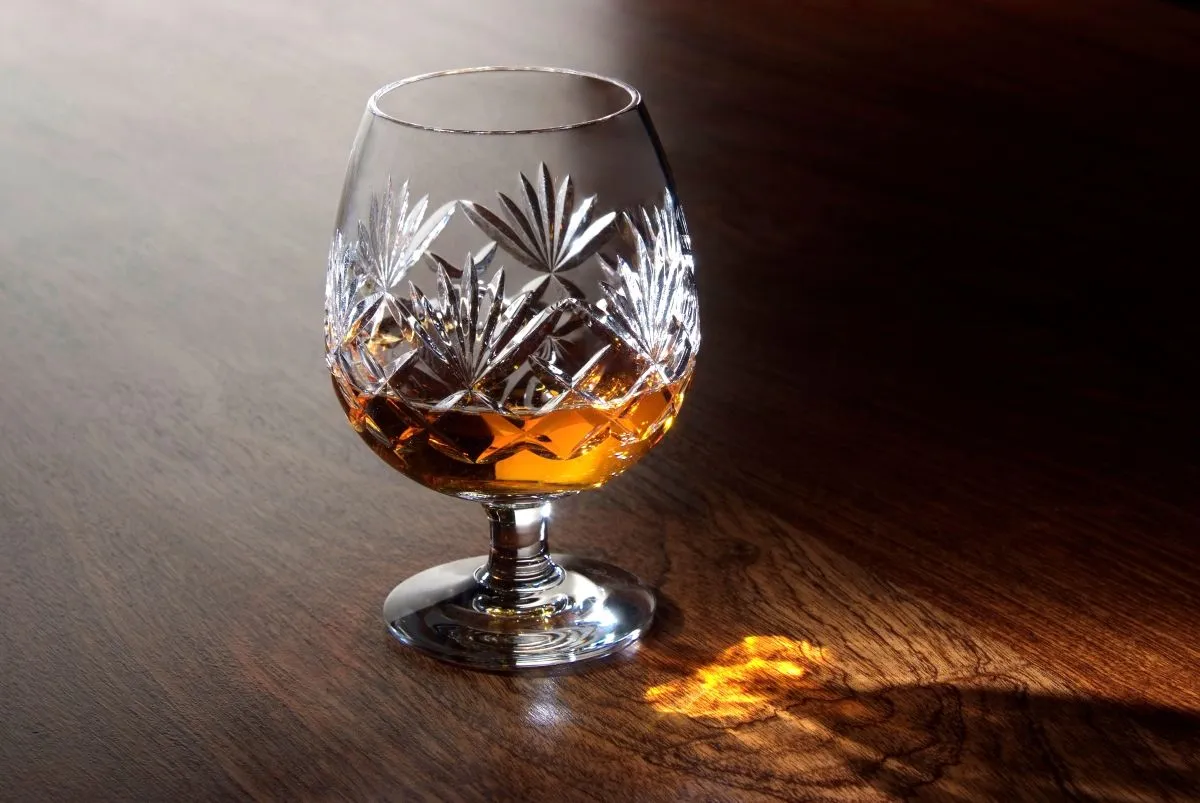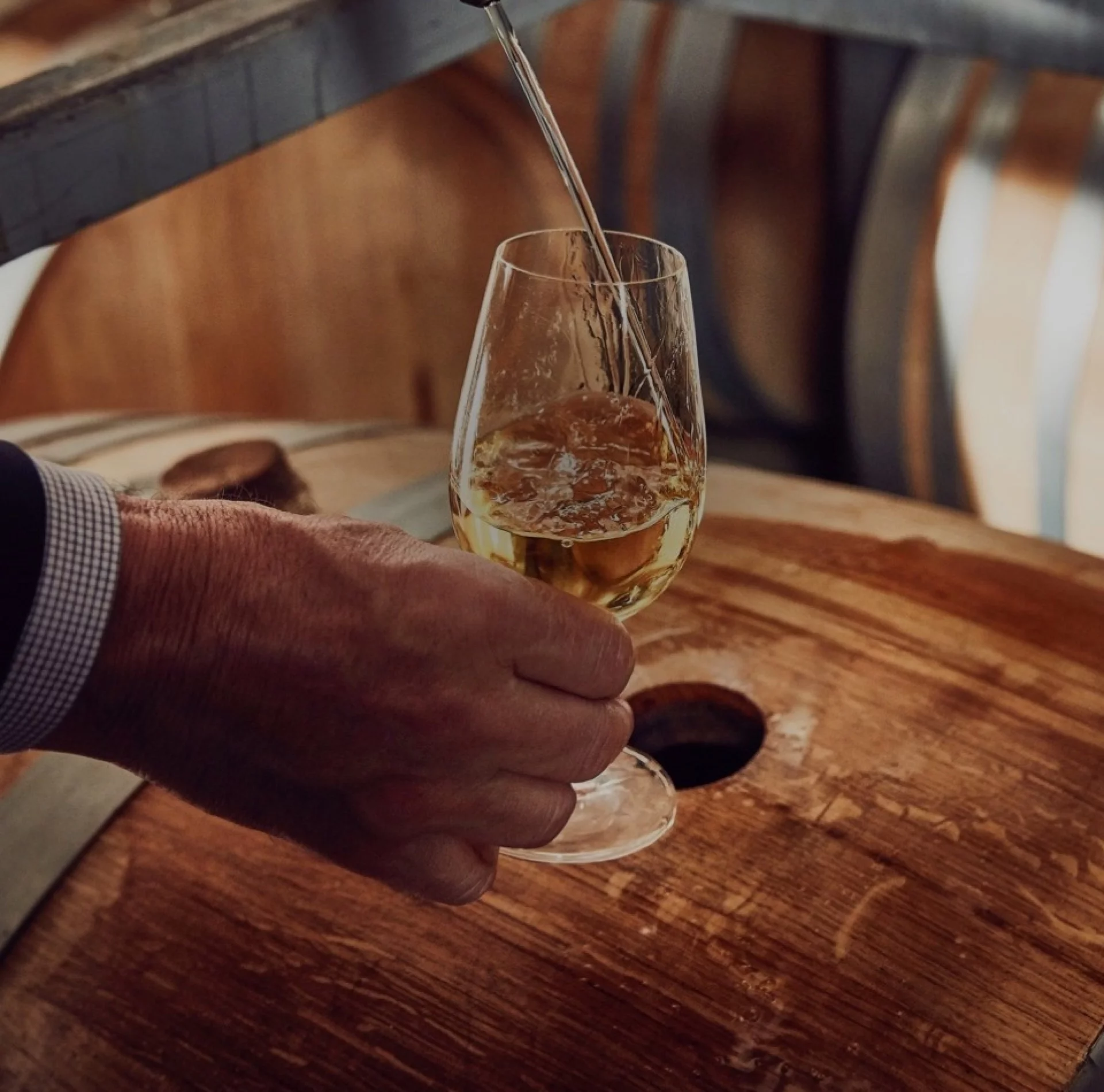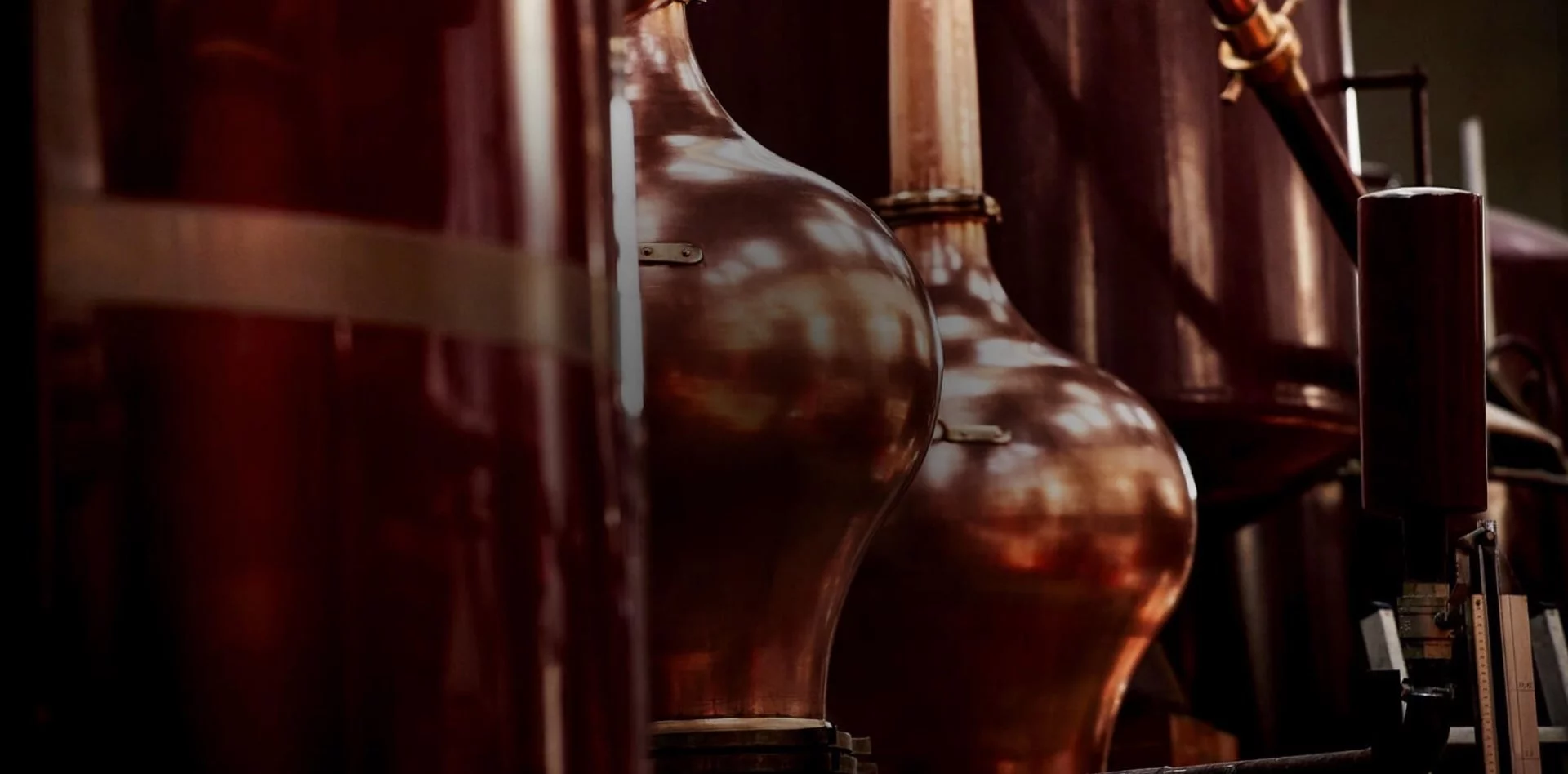
The Ultimate Guide to Drinking Cognac Like a Connoisseur
Cognac, the “king of brandies” and a key part in the making of the Grand Marnier Collection: a luxurious and complex spirit that deserves to be savored properly. Whether you’re new to this exquisite drink or looking to refine your tasting skills, understanding how to drink cognac (just like how to drink Grand Marnier) like a connoisseur can greatly enhance your experience.
How to Drink Cognac: Neat
Drinking cognac neat is perhaps the most traditional and respected way to enjoy this sophisticated spirit. Here’s a step-by-step guide on how to do it like a true connoisseur:
- Select the Right Glass: The best glass for drinking cognac neat is a tulip glass. Its shape allows the aromas to concentrate at the top, elevating the olfactory experience. Alternatively, a snifter glass can also be used.
- Pour the Perfect Amount: A small amount of cognac, about 2/3 of an ounce or 20ml, is the perfect quantity to pour into your glass. It allows you to fully appreciate the complex aromas and flavors without overwhelming your senses.
- Appreciate the Aroma: Before taking a sip, bring the glass to your nose (without diving into it!) and take a moment to gently inhale the cognac’s aroma. Notice the different scents, which might include notes of vanilla, fruits, and spices.
- Taste Slowly: Take a small sip and let the cognac coat your tongue. Allow the flavors to develop in your mouth before swallowing. Pay attention to the initial taste, the development on your palate, and the lengthy finish.
- Savor the Finish: A high-quality cognac will have a long, smooth finish. Take note of the lingering flavors and how they evolve over time.
Best Mixers for Cognac
While drinking cognac neat is a purist’s approach, there are times when you might want to mix it to create delightful cocktails. Here are some of the best mixers that complement cognac:
- Ginger Ale: A classic mixer for cognac, ginger ale adds a spicy sweetness that pairs wonderfully with the rich flavors of the spirit. Try the combination, known as Horse’s Neck, with a twist of lemon or lime.
- Tonic Water: Tonic water’s bitterness can balance the sweetness of cognac, creating a sophisticated and refreshing drink. Add a slice of lemon or cucumber for an extra touch of elegance.
- Champagne: For a truly luxurious experience, mix cognac with champagne. A festive and elegant cocktail that traces its origin in the pre-Prohibition era, and it is still to these days known as Champagne Cocktail, in which cognac adds a wonderful layer of complexity.
Best Practices for Tasting Cognac
To truly appreciate cognac, it’s essential to engage in a proper tasting session. Here are some best practices to follow:
- Create the Right Environment: Choose a quiet, comfortable setting with good lighting. Avoid strong odors that could interfere with your ability to smell and taste the cognac.
- Use Proper Glassware: As mentioned earlier, a tulip glass or a snifter glass is ideal for tasting cognac, being designed to concentrate the aromas.
- Cleanse Your Palate: Before starting your tasting session, cleanse your palate with a sip of cold water. This helps ensure that previous flavors don’t interfere with the tasting. Avoid smoking or drinking coffee right before your tasting, as your taste buds would be impaired.
- Examine the Color: Hold the glass up to the light and observe the color of the cognac. The hue can give you clues about its age and the type of cask it was aged in.
- Swirl the Glass: Gently swirl the glass to release the cognac’s aromas. Take your time to appreciate the bouquet before taking a sip.
- Take Small Sips: Rather than taking large gulps, take small sips and let the cognac linger in your mouth. This allows you to fully experience the complexity of flavors.
- Note the Mouthfeel: Pay attention to the texture of the cognac. Is it smooth, oily, dry? The mouthfeel can greatly influence your overall impression of the spirit.
- Compare Different Cognacs: If possible, taste several different cognacs side by side. This comparative tasting can help you identify subtle differences and allow you to choose your favorite one.
- Enjoy it with a cigar: one of the natural pairings for cognac is the smokey, deep and lingering aroma coming from a high quality cigar. Try different varieties of cigar as well, to appreciate the various nuances;




